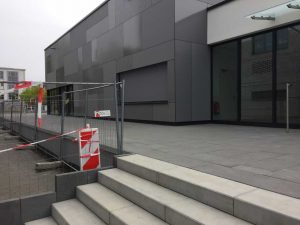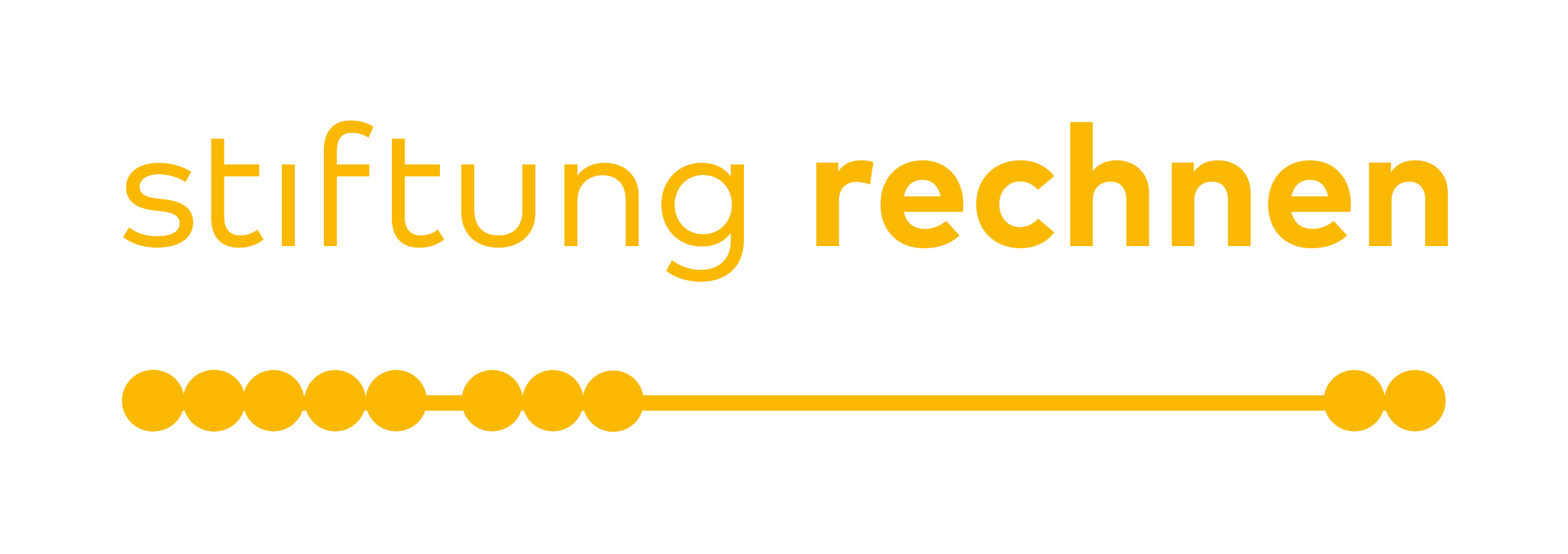Generic Tasks: Combinatorics and Probability
In addition to a variety of geometric issues, combinatorial and stochastic problems also play an important role in MathCityMap. Today, we would like to introduce you to the most common generic tasks concerning combinatorics and probability. Two combinatorial questions that can be created quickly and easily with the Task Wizard are tasks asking for combination options of stairs and bike stands.

There are various possibilities for solving the problem. On the one hand, it is possible to systematically record different combinations of 1 and 2 steps. In doing so, the students can use the stairs directly and conclude which combinations are possible. In another consideration, the fact that the last step comprises either one step or two steps is used. Leaving this last step, the number of possibilities for a staircase with n steps can be determined using the possibilities for n-1 and n-2 steps. This reasoning leads to the Fibonacci numbers, a recursive sequence in which a number results from the addition of its two predecessors.

In this task, it is necessary to determine the number of possibilities to lock k bicycles at n spaces. For the first bike, there exist n possibilities to lock it. As this space is full afterwards, the number of possibilities to lock the second bike is n-1. Analogous, the possibilities for bike k is n-(k+1). This combinatorial problem is a situation where repetition is not allowed and order matters. With help of the possibilities’ product, one can calculate the total number of possibilities.
It is important to formulate the tasks precisely and to make clear which object or which part of the object is concerned (for example, in the case of a very long staircase, the lowest part). The activity of the task solver initially refers to the counting of the stairs or parking spaces of the bicycles. Therefore, when photographing, it should be noted that this number can not already be taken from the photo.
Further, probabilities can be realized by MCM, for example, the question for the probability of arriving at a traffic light during a green phase or to wait at a bus stop less than 5 minutes for the next bus. Both types of tasks focus on the Laplace probability (favorable events divided by all possible events).
We have compiled both emphases for you in the following document with detailed mathematical background and hints.










